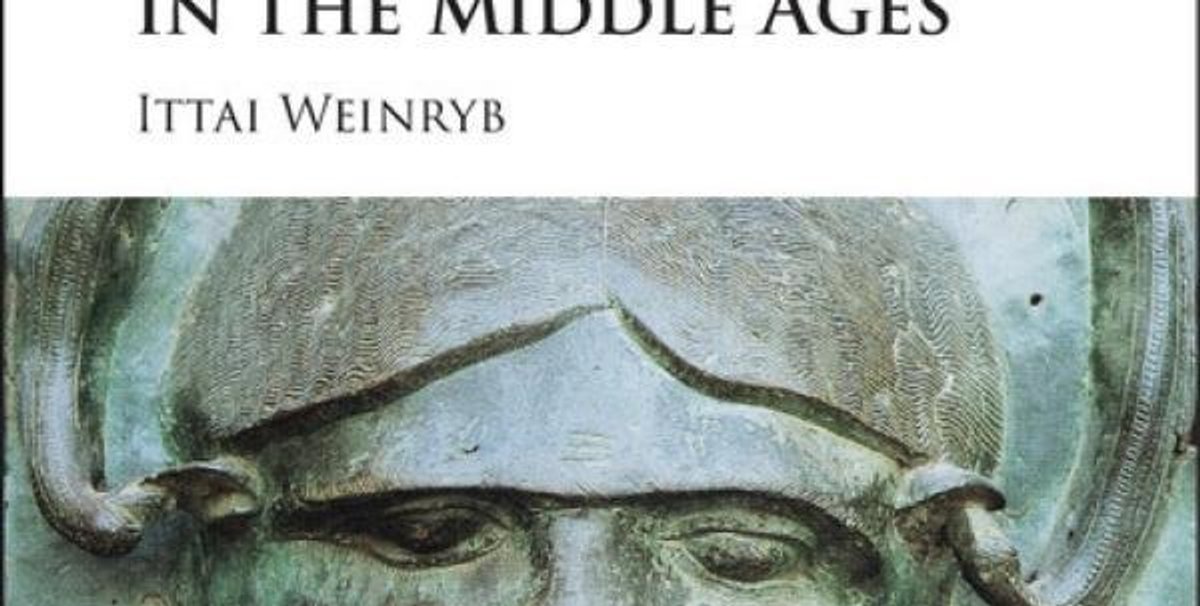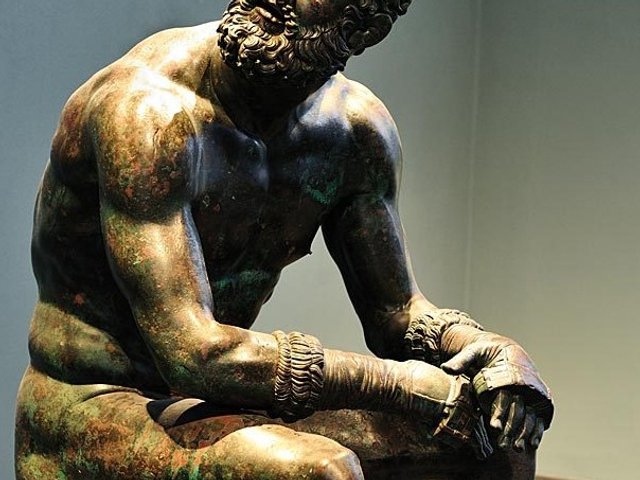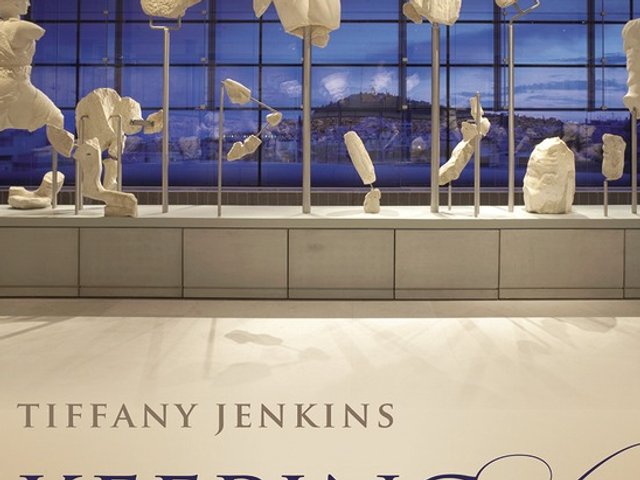Whether deliberately or not, this book's unassuming title conceals its often brain-stretchingly demanding but always immensely rewarding approach to its subject. Ittai Weinryb's The Bronze Object in the Middle Ages gives us a study that comes close to being the gleeful opposite of a whistlestop tour of the masterpieces of medieval sculpture in bronze, for all that it examines a number of them en passant, and in a way it is only the choice of the word "object" that ever so slightly gives the game away. For while statues may just about qualify as objects, things such as doors, fonts, fountains, reliquaries, bells and even mechanical clocks and other automata more truly fit the bill, and they soon emerge as the main heroes here.
After a scene-setting introduction, the book's four subsequent chapters are entitled "Making", "Signification", "Acting" and "Being", and therefore give a clear sense of the fact that this is no common-or-garden survey. Its fundamental concern is with the magical qualities of bronze, an alloy and therefore a material not wholly of this world, as they were understood in the Middle Ages, and indeed in Classical Antiquity, with the destinies of such objects after they emerged from the mould, and with the sense that they were conceived of as being almost alive.
This last aspect of their nature is perhaps peculiarly alien to our desiccatedly reasonable sensibilities, but was immensely important in the period, and two literary passages—widely separated in time, and as it happens not referred to by the author—may nevertheless serve to give something of this flavour. One is the reference by Dante in Canto XXVII of the Inferno—following, among others, Diodorus Siculus in the Bibliotheca Historica and Ovid in the Tristia—to the Bronze Bull of Sicily, created by Perillos of Athens for the tyrant of Agrigento, Phalaris. If someone was sealed inside its hollow body and a fire was lit beneath it, the screams of the victim were ingeniously transformed so that the Bull seemed to bellow (it is a macabre touch that Perillos was the first casualty). The second is the final stanza of Yeats's Sailing to Byzantium ("Once out of nature I shall never take/My bodily form from any natural thing…"), and the accompanying note in which the poet explains that "I have read somewhere that in the Emperor's palace at Byzantium was a tree made of gold and silver, and artificial birds that sang."
Conversely, the basic idea of bronze having an almost divine character is perhaps easier to grasp even now, and would have come naturally at a time when so few people knew how it was actually manufactured. Not for nothing is the relationship between God breathing life into Adam's nostrils and the process of casting underlined in these pages. Indeed, even the account given by that quintessential Renaissance man, Benvenuto Cellini, of the casting of his bronze statue of Perseus in his autobiography still has more than a hint of the artist as magus about it. Where the distance between us and the people brought to life so compellingly in these pages is arguably at its greatest is in legends such as that of the bronze fly made by Virgil (who was equally regarded as a magus in the medieval period) and placed above one of the gates of Naples as an apotropaic protector of the city, with the result—to quote a 12th-century source—that "as long as it is in its place, not even one fly can enter the city".
Bells likewise possess protective powers, and one of the author's many fascinating explorations is of the sound-universe of the Middle Ages. He eloquently evokes its prevailing silence, at times broken by the loud ringing of bells, which were alive enough to be accorded baptism on occasion. At the other end of the scale, he also discusses the tintinnabulation of tiny bells on clothing. In this connection, it comes as no surprise that Ittai Weinryb cites the reference to "sounding brass"—as the Authorised Version has it—in the First Epistle to the Corinthians. My only regret at the end of this gripping book is that I would have loved him to explain why—in a world where the music made by bronze objects is on the whole a good thing—both "sounding brass" and "a tinkling cymbal" have such blatantly negative connotations for Saint Paul.
• David Ekserdjian is the professor of history of art and film at the University of Leicester. A world-renowned authority on Italian Renaissance art, he is the author of monographs published by Yale on Correggio (1997) and Parmigianino (2006). He organised (with Cecilia Treves) the acclaimed 2012 exhibition Bronze at the Royal Academy of Arts, London, and his latest exhibition, Correggio and Parmigianino: Art in Parma during the 16th Century, was at the Scuderie del Quirinale in Rome in 2016
The Bronze Object in the Middle Ages
Ittai Weinryb
Cambridge University Press, 305pp, £64.99, $99.99 (hb)




